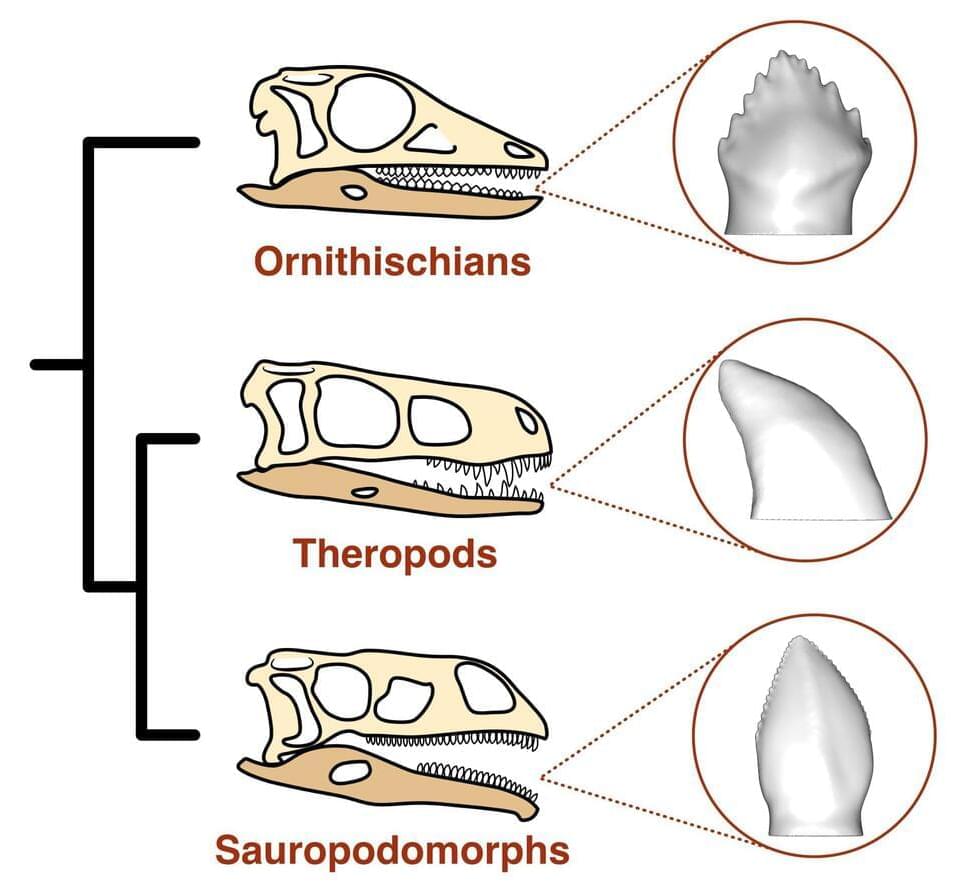The earliest dinosaurs included carnivorous, omnivorous and herbivorous species, according to a team of University of Bristol paleobiologists.
By looking at the tooth shapes of the earliest dinosaurs and simulating their tooth function with computational modeling, experts were able to compare them to living reptiles and their diets. Their findings, published December 16 in Science Advances, show that many groups of plant-eating dinosaurs were ancestrally omnivorous and that the ancestors of our famous long-necked herbivores, such as Diplodocus, ate meat. This ability to diversify their diets early in their evolution likely explains their evolutionary and ecological success.
The earliest dinosaurs are enigmatic: they were much smaller than their later relatives and for most of the Triassic they were in the shadow of the crocodile-like reptiles. It is unknown how diverse they were in terms of diets and ecology, but scientists know something must have happened in the Triassic that allowed dinosaurs to endure the Triassic–Jurassic mass extinction and adapt in its aftermath, becoming the dominant group for the rest of the Mesozoic.
